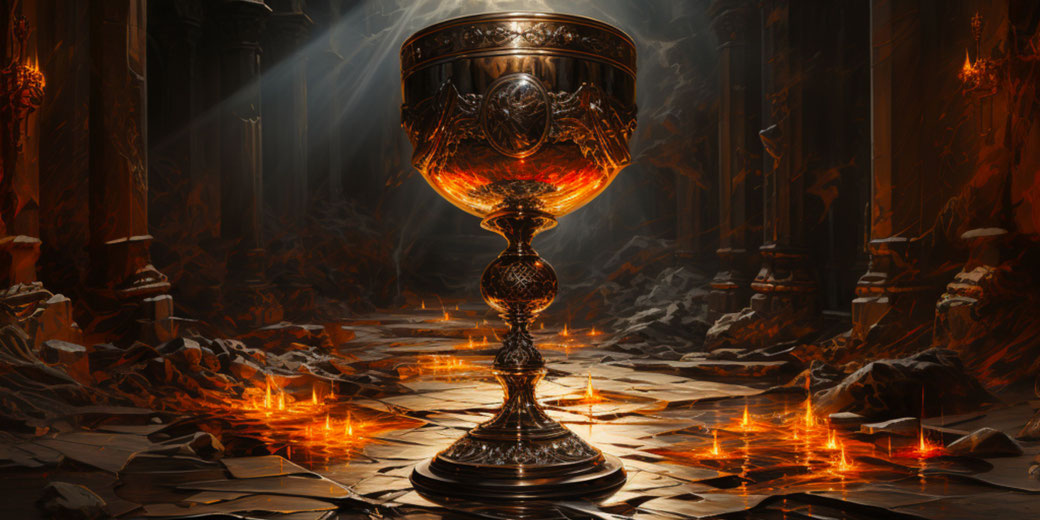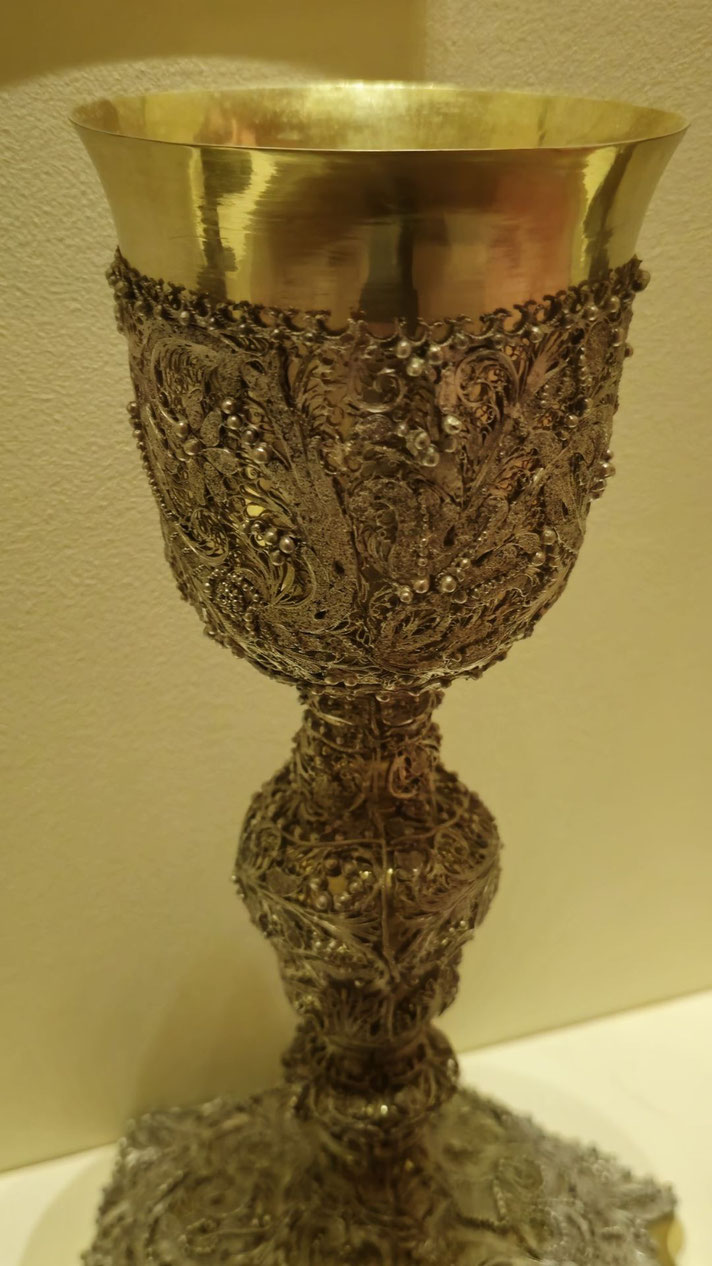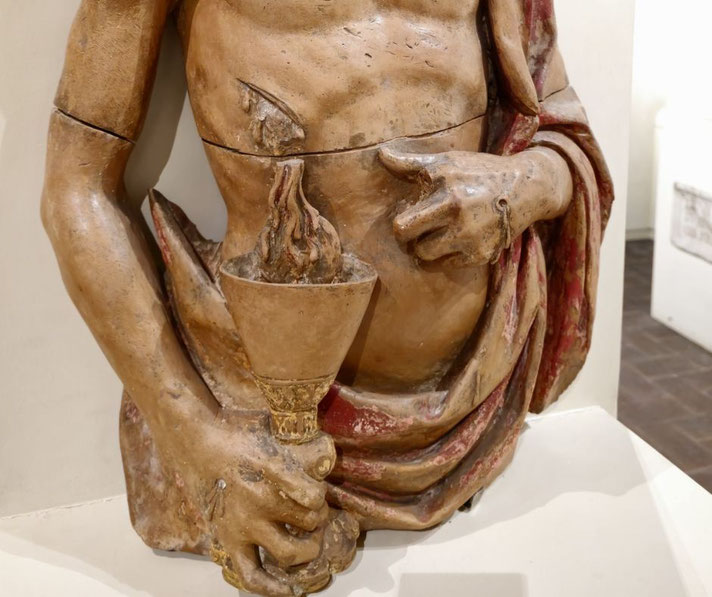Was there a real, historical Holy Grail? Everything we know about this famous artifact.

The Holy Grail, said to be the cup from which Jesus Christ drank at the Last Supper, has been sought after by knights and scholars for almost 1000 years.
This chalice, imbued with the mystery of the divine, is said to have also caught the blood of Christ at the Crucifixion.
But was there a real Holy Grail?
Where would it be located?
And what can the ongoing quest for the Grail tell us about our own search for meaning?
The earliest historical evidence of the Holy Grail
The first known mention of a grail-like object appears in the work of Chrétien de Troyes, a French poet who, around 1180, penned "Perceval, the Story of the Grail," introducing the Western world to a mysterious vessel with miraculous properties.
This early literary incarnation of the Grail was not explicitly holy or Christian; it was a magical object within a fantastical narrative, deeply embedded in the chivalric ethos of the time.
The transformation of the Grail into a distinctly Christian relic is a development of the 12th and 13th centuries, a period marked by a surge of interest in the life of Jesus and the relics associated with his passion.
The Grail became increasingly tied to the Last Supper and the Crucifixion through works such as Robert de Boron's "Joseph d'Arimathie," written at the turn of the 13th century.
In de Boron's account, the Grail is explicitly identified with the cup of the Last Supper and is said to have been used by Joseph of Arimathea to catch Christ's blood at the cross, infusing the Grail with its holy significance.
Parallel to these literary developments, the Grail was being woven into the fabric of Arthurian legend.
The Arthurian cycle, a collection of stories and myths centered around the legendary King Arthur and his knights, became a primary vehicle for the Grail myth.
By the 13th century, the quest for the Grail had become a central quest for Arthur's knights, symbolizing the pursuit of spiritual perfection and Christian piety.
The "Vulgate Cycle," also known as the "Lancelot-Grail Cycle," a series of Old French prose works from the first half of the 13th century, solidified the Grail's place in Arthurian legend and linked it with the quest for divine grace.

Has anyone found the Holy Grail?
The historical events of the time also played a role in shaping the Grail legend.
The Crusades, which spanned from 1096 to 1291, brought European knights into contact with the East and with a myriad of religious and cultural artifacts.
The returning Crusaders brought with them stories and relics, fueling a Europe-wide fascination with holy artifacts.
This historical context provided fertile ground for the Grail legend to flourish, as the Crusades heightened the European fascination with the Holy Land and the relics associated with Jesus.
In the 12th and 13th centuries, as the Grail legend was taking shape in literature, there was also a growing trade in religious relics.
Churches and monasteries across Europe claimed to possess pieces of the True Cross, the Crown of Thorns, and other sacred objects from the biblical era, which were revered and endowed with spiritual significance.
It is within this context that the Grail was often thought to be a real and obtainable relic, with several historical figures rumored to have searched for it.
The identification of the Grail with specific historical artifacts has been a subject of speculation.
For instance, the Nanteos Cup in Wales and the Valencia Chalice in Spain are two of the many claimed to be the true Grail.
Each has its own lineage and lore, with the Valencia Chalice having a well-documented history that traces back to the early Christian church.
However, the lack of irrefutable evidence linking any of these objects to the Last Supper or to Christ's Crucifixion means that they remain objects of faith rather than verified historical relics.

What if there's much more to this story?
One of the primary debates revolves around the Grail's existence: is it a tangible artifact that awaits discovery, or is it purely a symbolic or mythological construct?
This question has fueled extensive research and exploration, with some individuals and groups claiming to have identified the true Grail, while others dismiss these claims, citing a lack of credible historical evidence.
The Grail's Celtic connections, while less documented, suggest an even earlier origin.
Some scholars propose that the Grail legend drew upon pre-Christian Celtic myths of cauldrons endowed with life-giving and revelatory powers.
These stories, possibly transmitted orally, may have gradually merged with Christian narratives, contributing to the Grail's evolution into a symbol of divine mystery and spiritual quest.
Some theories suggest that the Grail was brought to Britain by Joseph of Arimathea, linking it to the early spread of Christianity.
Others propose that the Knights Templar protected the Grail and secreted it away during the dissolution of their order in the 14th century.
These hypotheses often rely on a combination of historical records, legend, and speculative connections, leading to spirited discussions about the plausibility of such narratives.
In contrast, literary critics and theologians examine the evolution of the Grail story from its Celtic and Christian origins to its central role in Arthurian legend, discussing how each iteration reflects the values and beliefs of its time.
The Grail's portrayal as a symbol of divine grace, a goal of spiritual quest, or a representation of esoteric knowledge varies greatly across texts, leading to differing opinions on its intended meaning and significance.
Today, the Holy Grail continues to be a symbol that captures the collective imagination.
It serves as a metaphor for the ultimate pursuit, whether spiritual, personal, or academic.
What do you need help with?
Download ready-to-use digital learning resources
Copyright © History Skills 2014-2025.
Contact via email
With the exception of links to external sites, some historical sources and extracts from specific publications, all content on this website is copyrighted by History Skills. This content may not be copied, republished or redistributed without written permission from the website creator. Please use the Contact page to obtain relevant permission.





